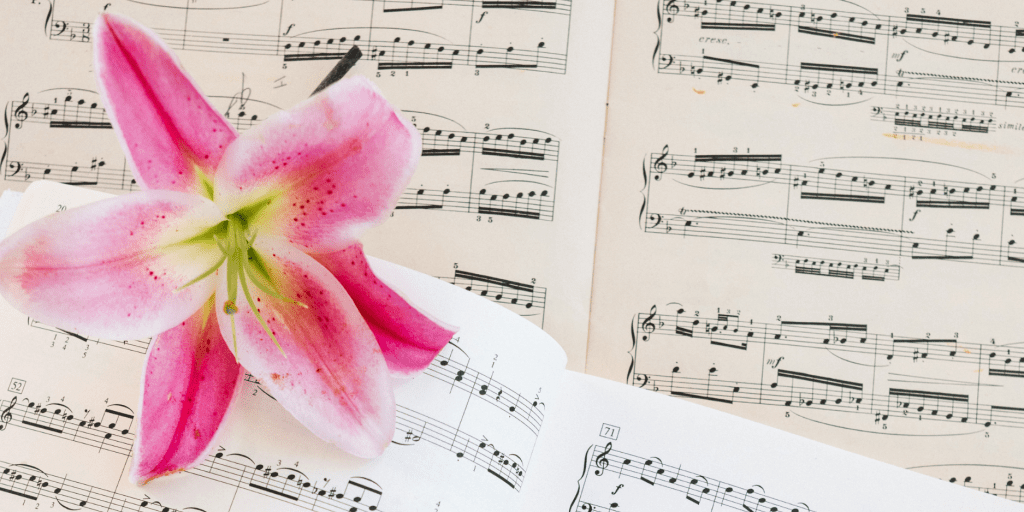
We encourage you to watch Regina Tanujaya’s archived webinar here: “Piano Music by Composers of Asian Heritage, Part 2,” who’s joined by Chee-Hwa Tan and Li-Ly Chang, and Luis Sanchez. This webinar shares appealing and accessible piano teaching music by composers of Asian heritage.
1. Claude Debussy (1862-1918)
Debussy first heard the gamelan at the 1889 Paris World Exposition. In his “Pagodes,” the first piece of his solo piano work Estampes (1903), the influence of the gamelan sounds in his compositions are heard due to the use of pentatonic scales and the repetitive rhythmic patterns.
Debussy’s use of close intervals, a semitone or two semitones apart in this piece, could be an effort to imitate the gamelan’s unique tunings that do not exactly fit the western tuning system. With the help of the damper pedal, Debussy’s clusters emulated ambiguous pitches similar to the gamelan.
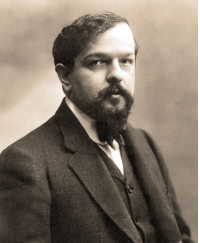
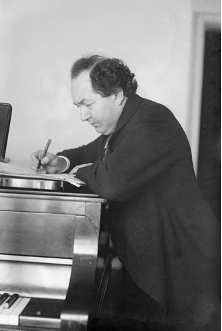
2. Leopold Godowsky (1870-1938)
Leopold Godowsky, a Polish-American composer, went to Indonesia and wanted to recreate his journey in music and wrote a set of pieces for solo piano called the Java Suite (1925). The first piece of the set is titled “Gamelan.” In his own description of the piece, he mentioned that “the sonority of the gamelan is so weird, spectral, fantastic, and bewitching… so elusive, vague, that on listening to this new world of sound, I lost my sense of reality, imagining myself in a realm of enchantment.”
Like Debussy, Godowsky also used small intervals to create clusters in an effort to mimic the ambiguity of pitches in gamelan music. Aside from the tunings, other distinctive qualities of the gamelan sound are the unique textures and repetitive rhythmic patterns. Godowsky captured that by incorporating repeated interlocking patterns and overlapping voices in this piece.
The sonority of the gamelan is so weird, spectral, fantastic, and bewitching… so elusive, vague, that on listening to this new world of sound, I lost my sense of reality, imagining myself in a realm of enchantment.
Leopold Godowsky
3. Henry Cowell (1897-1965)
Henry Cowell often listened to gamelan recordings and one of his piano works, The Fairy Bells (1928), clearly displays characteristics of gamelan. In this piece, the melody is produced by the right hand plucking strings inside the piano while the left hand plays constant parallel cluster chords underlying the melody. The sounds produced by plucking the strings inside the piano resemble the metallic sounds from the gamelan “xylophones” and the parallel cluster chords recreate the gamelan bell-like sounds.
Cowell was very influential to many other composers who later wrote for prepared piano, including John Cage and his work Sonatas and Interludes for prepared piano, which has some traits of gamelan sounds.
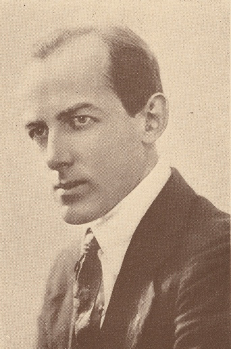
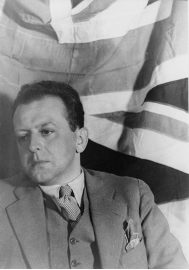
4. Colin McPhee (1900-1964)
Colin McPhee, a Canadian composer, was not only influenced by the gamelan, but also lived in Bali, Indonesia for a while, studying the gamelan extensively. He incorporated substantial gamelan elements into his compositions and wrote significantly about the gamelan in books and in other writings.
McPhee transcribed gamelan sounds in many of his compositions and many of his best-known works are transcriptions of Balinese music. One of them is a two-piano piece, Balinese Ceremonial Music (1940). The use of two pianos aids in the evocation of the rhythmic complexity and multi-layered texture of the gamelan.
5. Lou Harrison (1917-2003)
Lou Harrison, an American composer, was a student of Henry Cowell. He read Colin McPhee’s articles on Balinese music. Harrison later became so fascinated by gamelan music that he composed many gamelan-inspired compositions and even composed for the gamelan orchestra. In one of his compositions for piano and gamelan orchestra, Concerto for Piano with Javanese Gamelan (1987), the piano must be tuned to an equal temperament to complement the gamelan’s unique tunings.

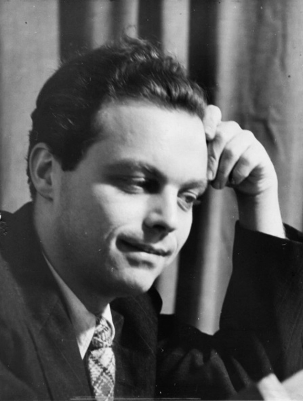
Other resources you might enjoy
- PIANO MAGAZINE ARTICLE: An Asian Perspective on Study Abroad, by Jerry Wong
- PIANO MAGAZINE ARTICLE: Dance and the Music of Argentine Composers, by Hyrum Arnesen
- WEBINAR ARCHIVE: Piano Music by Composers of Asian Heritage, featuring Chee-Hwa Tan, Li-Ly Chang, Alexina Louie, and Naoko Ikeda
- WEBINAR ARCHIVE: Piano Music by Composers of Asian Heritage, Part 2, featuring Chee-Hwa Tan, Li-Ly Chang, and Regina Tanujaya, and with Luis Sanchez, moderator
- WEBINAR ARCHIVE: International Perspectives: Music from Latin America featuring Luis Sanchez, Alejandro Cremaschi, Jessica Pacheco, and Walter Aparicio
- Use our search feature to discover more!
Not yet a subscriber? Join for only $7.99/mo or $36/yr
Sources
- Predota, Georg. “Godovsky: Java Suite.” Inspiration (blog). Interlude. February 21, 2023. interlude.hk/godowsky-java-suite/.